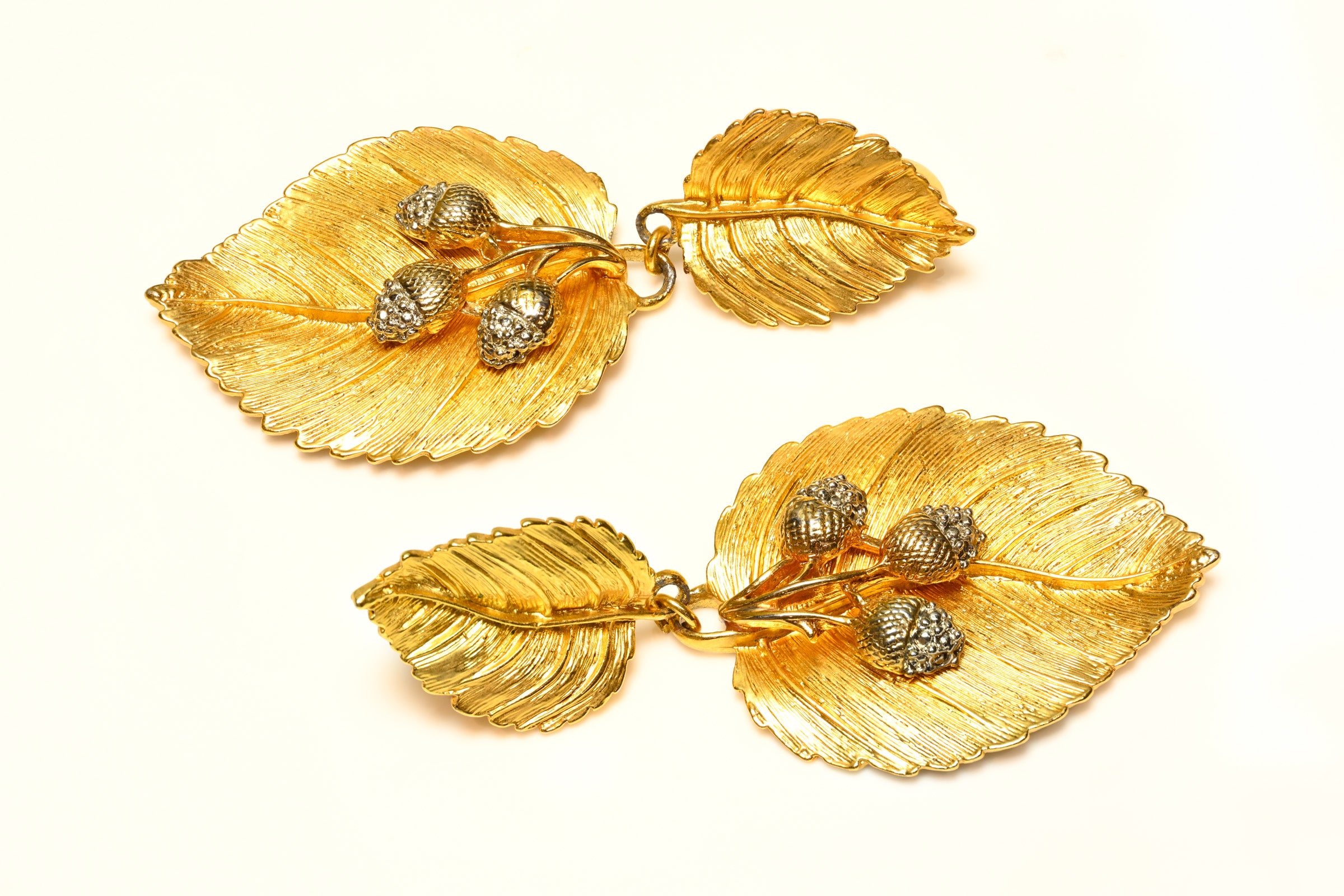
Why Enamel Jewelry Is A Privilege To Own
The Art of Enamel Jewelry Making
The art of enameling was invented by ancient craftsmen nearly 4,000 years ago. Since the Middle Ages the city of Limoges in central France thrived on the artistic production of enamel on metal. Similar in composition to glass, enamel consists of silica and a fluxing agent colored by metallic oxide or carbonate and fused to a metal surface by heat. Limoges enamel painters either gouged into the surface of the metal or raised thin dams between areas of color to establish the design and to prevent pigments from mixing.
Antique Swiss Enamel Yellow Gold Earrings
By the end of the fifteenth and beginning of the sixteenth century, materials and techniques developed that permitted painters to apply enamels more freely to surfaces, in a manner similar to oil painting on a panel or canvas. Unlike oil painting, enameled metal retains its hue without fading. You might have seen in the museums pieces with enamel that are 200-300 years old but still shine as brilliantly as the day they were created.
With the development of watchmaking in the 17th century, Geneva became the center of Grand Feu miniature enameling of watch dials. The organic nature of the material and the manner in which enamel is produced requires the skilled hand of an experienced artisan. This is one of the reasons why every brooch, earring, cufflink, bracelet or watch dial decorated with enamel is a unique piece of jewelry.
Enamel Jewelry Making Process
The basic process used to bring an enamel to life is by fusing a soft glass onto a metal substrate in a 1,380 - 1,560 °F hot oven. There are various other techniques, such as repeating the basic process in layers. In another technique enamel is painted in metal inlays made out of wire. There is also a technique where the enamel is painted into engraved spaces in the metal. To give you a more precise enameling technique example, cloisonné (which translates as ‘to partition’ from French) is an enameling technique in which the outline of the watch dial or jewelry piece design is formed by first adding compartments (“cloisons” in French) to the metal object by adhering silver or gold wires or thin strips placed on their edges. These wires and strips remain visible in the finished piece, separating the different compartments of the enamel or inlays of different colors.
Experience in Enamel Jewelry Making
It can take days to complete a single watch dial using any of the enameled techniques. And if the artisan, even a very experienced one, is not careful, the enamel can crack and the process has to be started all over again. All the more so, a genuine enamel jewelry piece or watch [not a lacquered one] simply gives off a radiant sheen and creamy texture that has to be experienced in person in order to be fully appreciated.





















